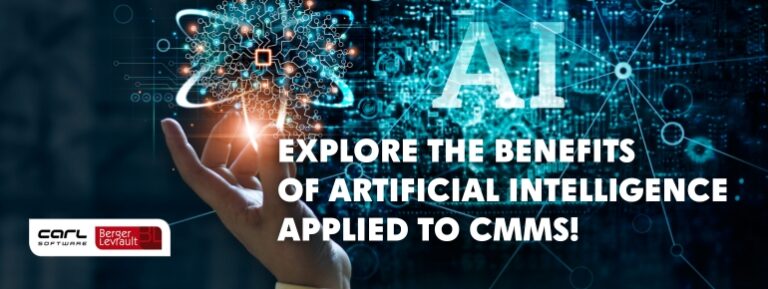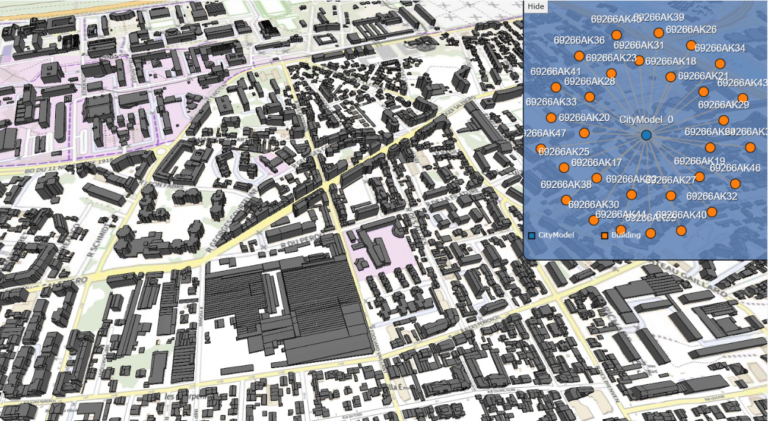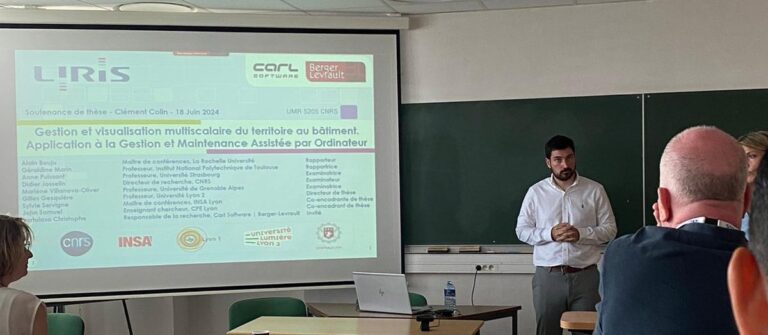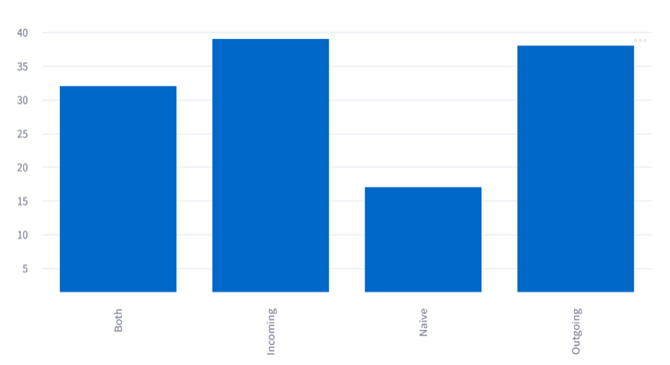Explore our projects & studies
Explore our projects & studies
From Artificial Intelligence to Human-Computer Interaction and Software Architecture, our research team tackles complex problems across many domains. We seek at providing the best of modern technology for public services, health-care and industry.

BL.Predict New architecture: more security, confidentiality, availability and performance!
In the constantly evolving field of the Internet of Things, BL.Predict is continually striving to push back the boundaries to offer its customers innovative and reliable solutions. At the heart of this ambition is the transition from BL.Predict’s V1 to V2 architecture, a crucial step in our commitment to provide

Webinar IA x Maintenance: Explore the benefits of AI applied to CMMS!
Discover our new Webinar: Explore the benefits of AI applied to CMMS! On Thursday, September 19 – 10:30 am to 11:30 Christophe Bortolaso, Applied Research Manager de l’équipe BL Research (DRIT) and his colleague Laurent Truscello, Product & Innovations Manager (CARL Berger-Levrault), invites you to take part in the Webinar

Enhancing Prompt Engineering using Model-Driven Engineering Techniques
In the fascinating field of artificial intelligence, an important discipline is emerging: “Prompt Engineering“. In a time where machines possess the ability to understand and generate text and code, focusing on prompt engineering becomes crucial to enhance the effectiveness and significance of interactions between humans and AI models specifically Large

Best Paper Award to Gabriel: Modest-Pharo, a collaborative work between Berger-Levrault & Inria
Gabriel Darbord started his Ph.D. two years ago in the Evref team at Inria, a joint project team with Berger-Levrault, supervised by Anne Etien (Pr.) and Nicolas Anquetil (MCF). His thesis focuses on the area of test generation, an essential component in the software development lifecycle. His research work is

Integrating 3D geospatial data
Being able to create unified views of all kinds of geospatial data (2D, 3D, and semantic data) from the BIM and CIM domains is essential for decision-making in urban development projects and in a CMMS context. Our objective is to provide users with integrated and navigable views of available representation

Not all Hallucinations are Good to Throw Away When it Comes to Legal Abstractive Summarization
The extensive use of Large Language Models (LLMs) for summarization tasks brings new challenges. One of the most important is related to the LLMs’ tendency to generate hallucinations, i.e., texts that give the impression of being fluid and natural, despite their lack of fidelity and nonsensical nature. Hallucinations can be

Clément Colin Ph.D. thesis defense : “Multi-scale geospatial data management and visualisation applied for CMMS”
Tuesday 18th of June at 10h a.m. Paris time, Clément Colin, Ph.D. Candidate has defended his thesis named “Multi-scale geospatial data management and visualisation applied for CMMS”. His thesis defense took place at the conference room of the Faculty “IUT Lumière Lyon 2” in Villeurbanne, France. Take a look at

Extracting services from legacy software system
Let’s explore together the recent poster created by Soufyane Labsari and published about extracting services from legacy software systems. This work is done in collaboration with Inria.

Improved comment generation by LLMs
In the world of programming, creating efficient and functional software is a top priority, but it’s not just about writing lines of code. An essential part of the software development process is documentation, which includes the creation of explanatory comments that help to understand the operation and logic of the

Federated Learning, the security asset for local maintenance of your data
Predictive maintenance, coupled with the Internet of Things (IoT) and Artificial Intelligence (AI), represents a revolutionary approach to equipment maintenance. Traditionally, maintenance has been performed on a fixed schedule or in response to failures, leading to inefficiencies and downtime. Predictive maintenance aims to address these shortcomings by leveraging IoT sensors
